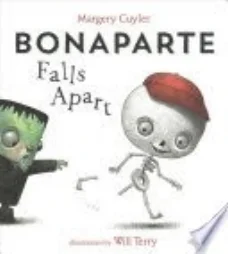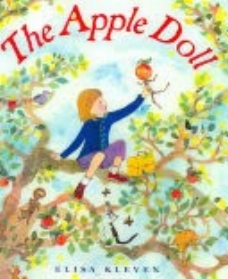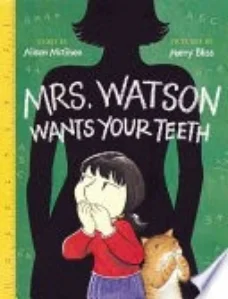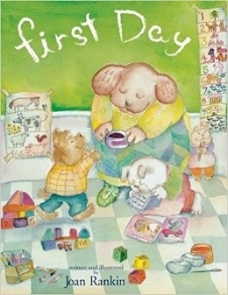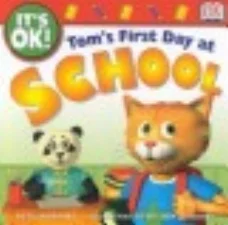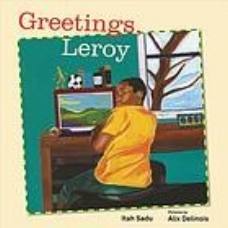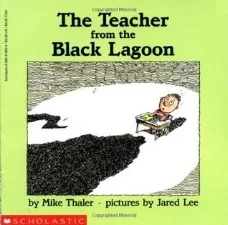Tonight. I went for a run on my usual route that takes me by an early care and education center in my neighborhood. I watched tired parents picking up their tired children. Stress can occur anytime, but especially at the end of a long day. Stress is a powerful force (Macy, 2018). Research has shown that too much stress can change a child’s brain (Center on Developing Child, 2014; Evans & English, 2002; Murgia, 2015).
Transitions can be stressful for children, parents, and professionals.
Adults who are responsive to children’s needs pay attention to their cues, emotional states, basic needs, and more to support a bond. Responsive caregiving where the child has an adult give them individualized attention can reduce stress for children, as well as give them strategies for coping (Center on the Developing Child, 2017; Jones & Kahn, 2017; Scudellari, 2017). Now more than ever with stressful situations occurring as a result of the changing dynamics of the global pandemic, let us pay careful attention to stress children are experiencing, and support children as they change routines or adapt to new schedules.
References
Center on the Developing Child (2014). Excessive stress disrupts the architecture of the developing brain. National Scientific Council on the Developing Child.
Center on the Developing Child (2017). Three principles to improve outcomes for children and families. Science to Policy and Practice.
Evans, G. W. & English, K. (2002). The environment of poverty: Multiple stressor exposure, psychophysiological stress, and socioemotional adjustment. Child Development, 73, 1238–1248. doi:10.1111/1467-8624.00469
Jones, S. & Kahn, J. (2017). The evidence base for how we learn: Supporting students’ social emotional and academic development. The Aspen Institute.
Macy, M. (2018). Stranger danger. Buttercup Blog.
Murgia, M. (2015). How Stress Affects Your Brain. YouTube video.
Scudellari, M. (2017). Preschoolers could have less stress if they get positive one-on-one time with teachers. The Boston Globe.









